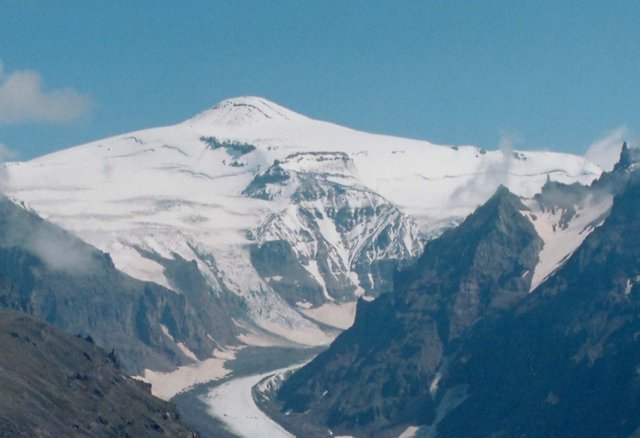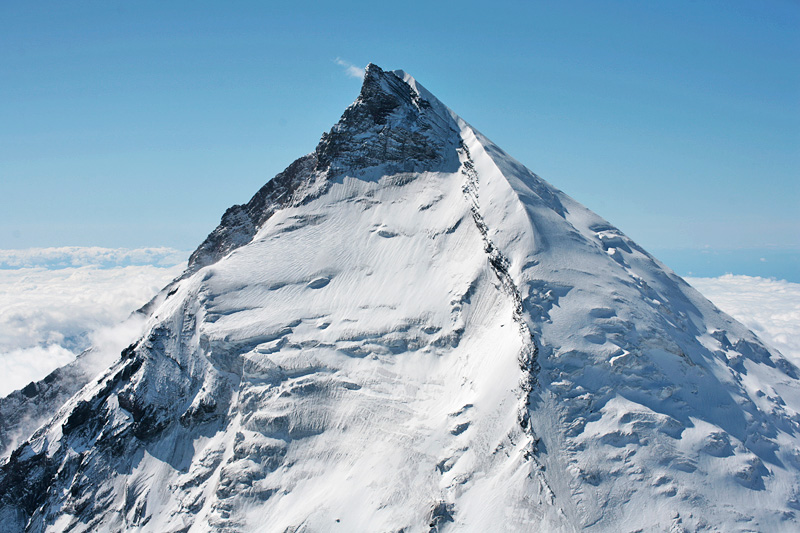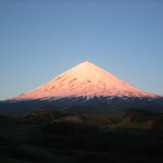Alney-Chashakondzha
The two composite volcanoes Alnei and Tschaschakondscha together form the glaciated volcanic complex of Alnei - Tschaschakondscha (Russian Алней - Чашаконджа ), one of the most powerful volcanoes of Sredinny - ridge on the Kamchatka Peninsula in Russia. Both volcanoes are andesitic composite volcanoes that formed on an older shield volcano. Both volcanic peaks, the northern, 2598 m high Alnei as well as the Southern, 2526 m high Tschaschakondscha, have a andesitic lava. The two peaks are about 7 miles apart.
Two cinder cones on the eastern flank of the two volcanoes originated about 2600 years ago. The ejected lava flow reached a length of 9 kilometers on the eastern flank of the volcano complex. Alnei is one of the few large stratovolcanoes of Sredinny - ridge that was active (within the last 12,000 years ) in the Holocene. More than 30 pyroclastic deposits have been documented. The last major eruption took place about 350 years ago. Using the radiocarbon method, two further eruptions were dated. In the year 650 BC, an eruption occurred on the eastern edge of the Alney, with about 180 million cubic meters of lava and 16 million cubic meters of tephra were ejected. In the year 660 BC ( ± 75 years) east of Tschaschakondscha occurred an explosive eruption with the emission of lava with an estimated volume of 190 million cubic meters of tephra as well as the extent of about 40 million cubic meters.








